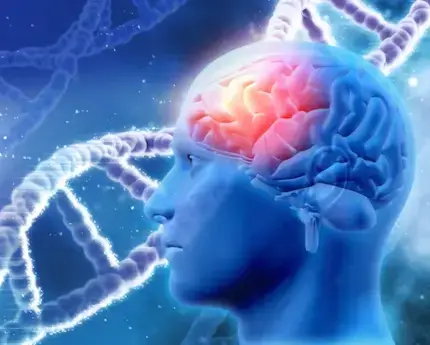
Treatment of Cancer Pain
When cancer causes physical pain, there are numerous medications that can help you manage it and feel better. Based on your situation, your doctor will prescribe what you require.
If you experience pain, whether it is directly related to your cancer or a side effect of treatment, notify your doctor right away. Don’t put up a fight. It’s easier to bring the pain under control in the early stages. Severe pain may take longer to control and need more medicine.
Most people benefit from these medications. You may be able to sleep and eat more comfortably, as well as keep up with daily activities like work and hobbies.
Relievers of Pain
These may be sufficient to alleviate mild to moderate pain. Many are available without a prescription. However, some people require a prescription. They are as follows:
- Acetaminophen – This drug is usually safe in normal doses. However, high doses taken over a long period of time may cause liver damage. It can also harm the liver if combined with alcohol. Before taking acetaminophen, consult your doctor if you have been diagnosed with liver disease.
- (NSAIDs) -Aspirin, ibuprofen, and naproxen are examples of nonsteroidal anti-inflammatory drugs. These medications reduce inflammation as well as pain. Stomach problems and ulcers are possible side effects, especially if you drink alcohol or smoke. The use of NSAIDS increases the risk of kidney damage and raises blood pressure. NSAIDs may increase your risk of a heart attack or stroke in the long run.
Before taking a pain reliever, consult your doctor. Discuss any other medications or treatments you are using. This is especially true if you have other medical issues, such as kidney problems. If you have kidney disease, taking NSAIDs may impair the function of your kidneys.
Opioids
Your doctor may prescribe an opioid for moderate to severe pain. You can take it on its own or in combination with other pain relievers.
Opioids can be mild or potent. Here are some examples:
- Codeine and other weak opioids
- Opioids that are potent. Fentanyl, hydromorphone, methadone, morphine, oxycodone, oxymorphone, and fentanyl are among them.
The following are common side effects:
- Constipation
- Drowsiness
- stomach ache, nausea, and vomiting
Inform your doctor if you experience any of these symptoms. You may need to adjust your medication or dosage. Your doctor may also prescribe another medication, such as an anti-nausea medication, to alleviate the side effect.
Medications on Prescription
Doctors can prescribe a variety of medications to alleviate cancer pain. They are frequently combined with an opioid drug. They may improve the effectiveness of those medications or reduce their side effects. These are some examples:
- Anti-seizure medications can alleviate the tingling and burning sensations associated with nerve pain.
- Antidepressants. These medicines also treat nerve pain.
- Steroids: These medications help to reduce inflammation. They are used to treat pain in the spinal cord, brain tumours, and bones.
Marijuana for Medical Purposes
It is legal in some states to prescribe marijuana for cancer pain. According to research, marijuana can provide relief. It has been shown to reduce nerve pain.
Marijuana can be smoked, inhaled, or eaten in baked goods, for example. Prescription-only versions of marijuana compounds are also available. Dronabinol and nabilone are taken in the form of pills.
How Are Pain Medications Administered?
These drugs come in a variety of forms, including:
- These medications are taken orally as a pill, capsule, or liquid. They are also available as lozenges or mouth sprays.
- Suppositories are pills or capsules that are placed in the rectum.
- Injection: The medication is injected just beneath the skin or around the spine.
- Skin patch: These sticky patches release medicine gradually through the skin.
- The medicine is delivered directly to one of your veins via IV. It can be used in conjunction with a pump or patient-controlled analgesia (PCA). You can get a
- prescribed dose by pressing a button there.
Fears of Addiction?
Many people are concerned that they will become addicted to their pain medications, particularly opioids. However, the risk of addiction must be balanced against the severity of pain and its impact on quality of life. Certain medications may cause drowsiness at first. However, this effect usually fades after a few days.
To take your pain medication safely, you should do the following:
- Inform your doctor if you or anyone in your family is addicted.
- Take your regular doses exactly as directed. Don’t wait too long between doses or until the pain becomes unbearable. The best way to keep pain under control is to treat it as soon as possible.
- If your medication isn’t working, consult your doctor. Over time, you may develop a tolerance and discover that your usual dose no longer provides the same level of relief. You may require a higher dose or a different medication. Do not increase the amount you take on your own.
If you’re ready to stop taking pain medication, your doctor will gradually reduce your dosage for your safety. Your body will have time to adjust, and you will not experience withdrawal symptoms.




1